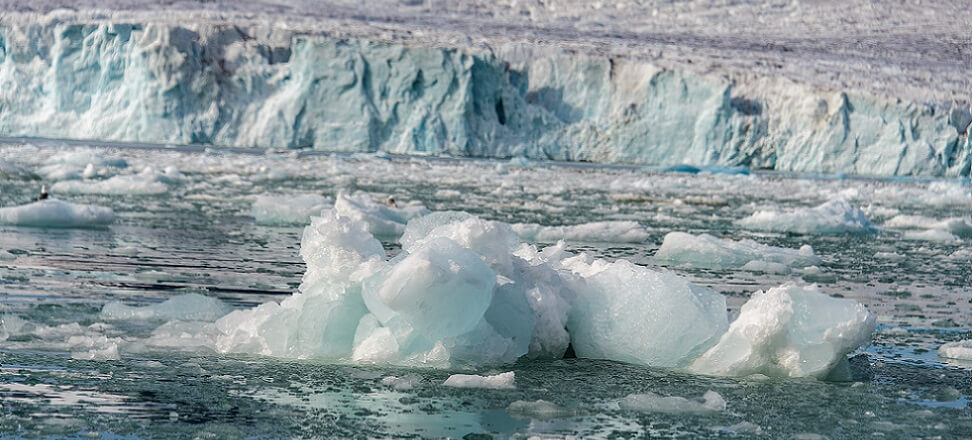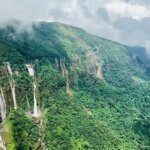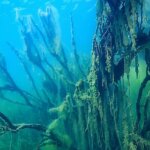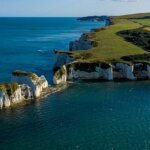When one thinks of the Arctic, the first thing that comes to mind is the image of an invariably frozen, snow-covered landscape. The reality, however, is different – typhoons, smoke from fires and increasing rain are all phenomena occurring in a region that is heating up faster than any other part of the world. Our imaginations are slowly becoming a thing of the past.
Climate change is changing the Arctic – “Arctic Report Card” of 2022.
Global warming is increasing precipitation, leading to more evaporation from the oceans and other surface waters. In turn, the increased amount of water vapor in the air leads to an increasing number of rainy or snowy days. The Arctic is currently experiencing more frequent and intense rainfall. In the past, it mainly snowed there. Sea ice forms later, and ice on rivers and lakes is thinner. Transportation dynamics have also increased, posing a threat to ecosystems.
These are just some of the climate-related developments included in the detailed annualArctic Report Card, released on December 13 by the National Oceanic and Atmospheric Administration (NOAA). It examines the status of the Arctic system, and its assessment is not optimistic.
Climate change and its effects on the Arctic
According to NOAA, air temperatures in 2022 were the sixth highest in 122 years, since measurements began. In doing so, they continue a decades-long trend in which temperatures in the Arctic are rising faster than the global average. The snow cover was the second lowest in 56 years in the North American Arctic and the third lowest in parts of Eurasia. Greenland’s ice sheet has experienced ice loss on 36% of its surface. This was the 25th consecutive year showing the loss of some of the country’s ice mass. Sea surface temperatures are also showing an upward trend. In August 2022. average values were 2°C to 3°C higher than those in August from 1991 to 2020. Greening of the tundra is also increasing, with the area covered by vegetation placing it in fourth place in terms of size since 2000.
The poor state of the Arctic environment has consequences for the entire planet, but especially for its indigenous inhabitants. Warming air, shrinking sea ice, increased rainfall, increased fires, animal migration. All these factors affect the security, economic or food prosperity and cultural traditions of indigenous peoples.








